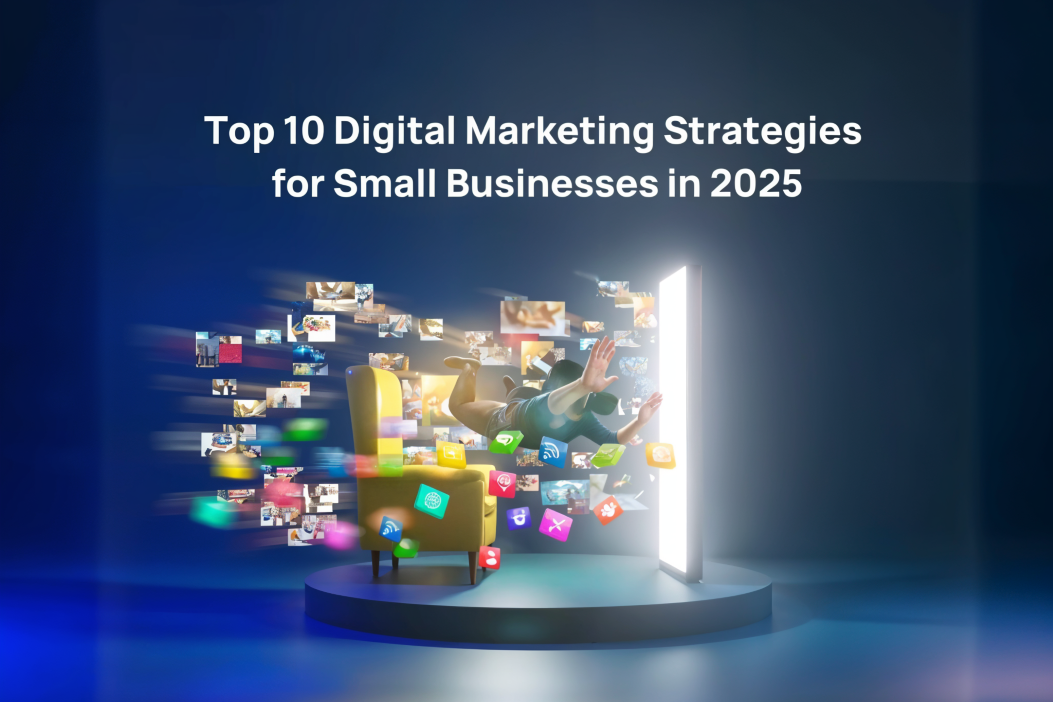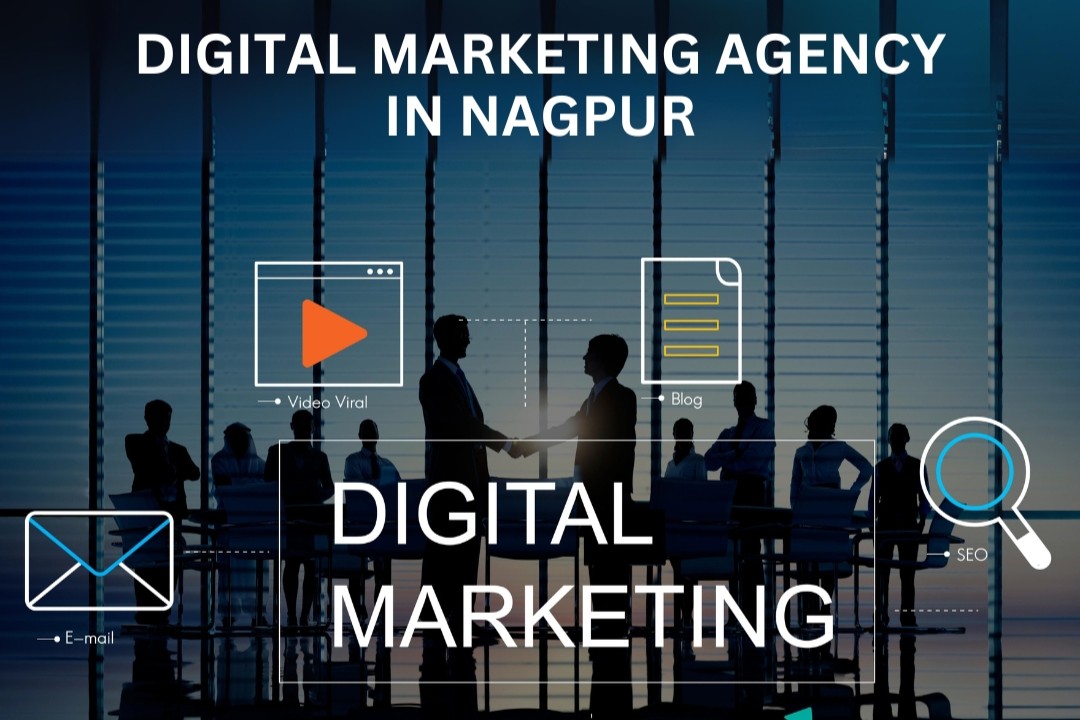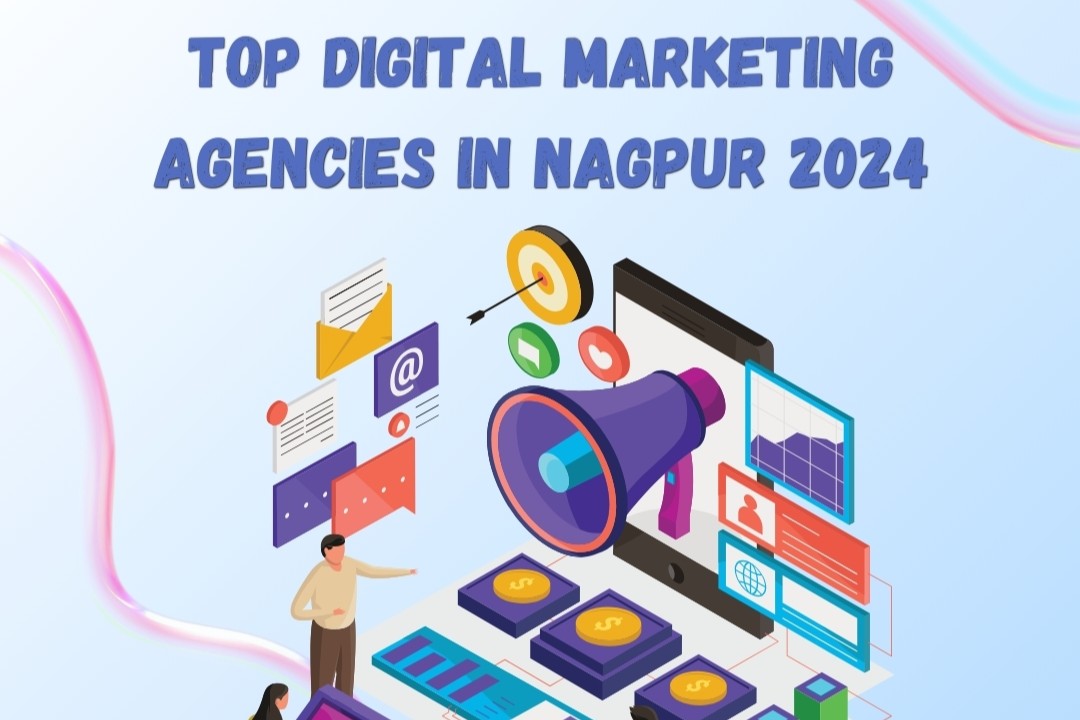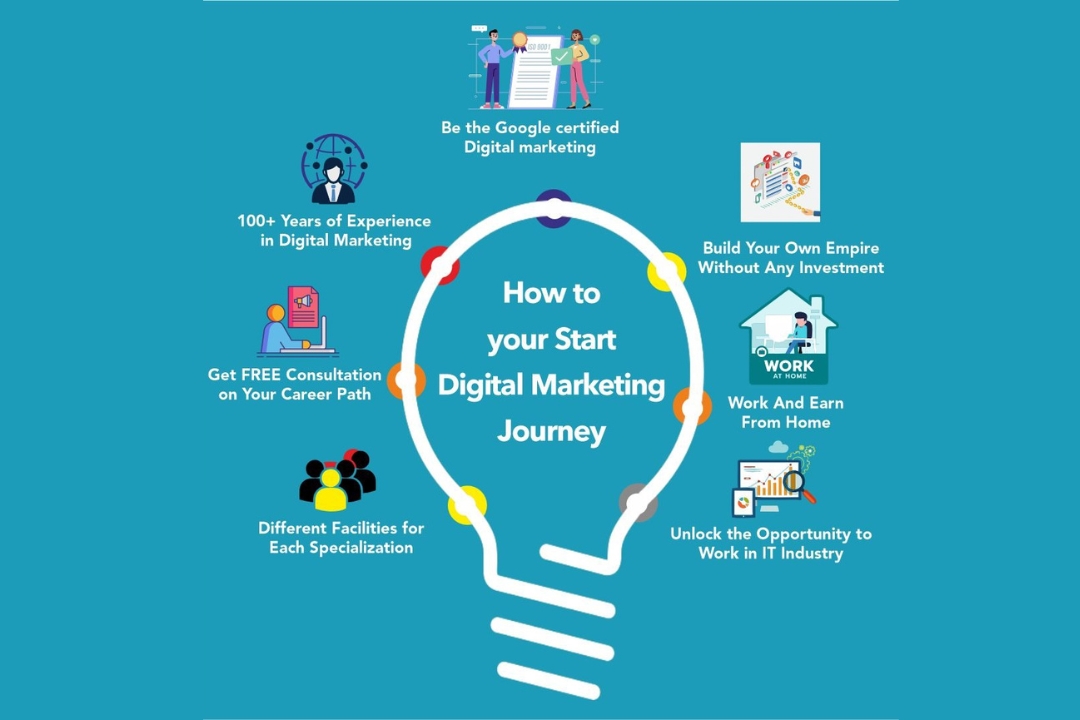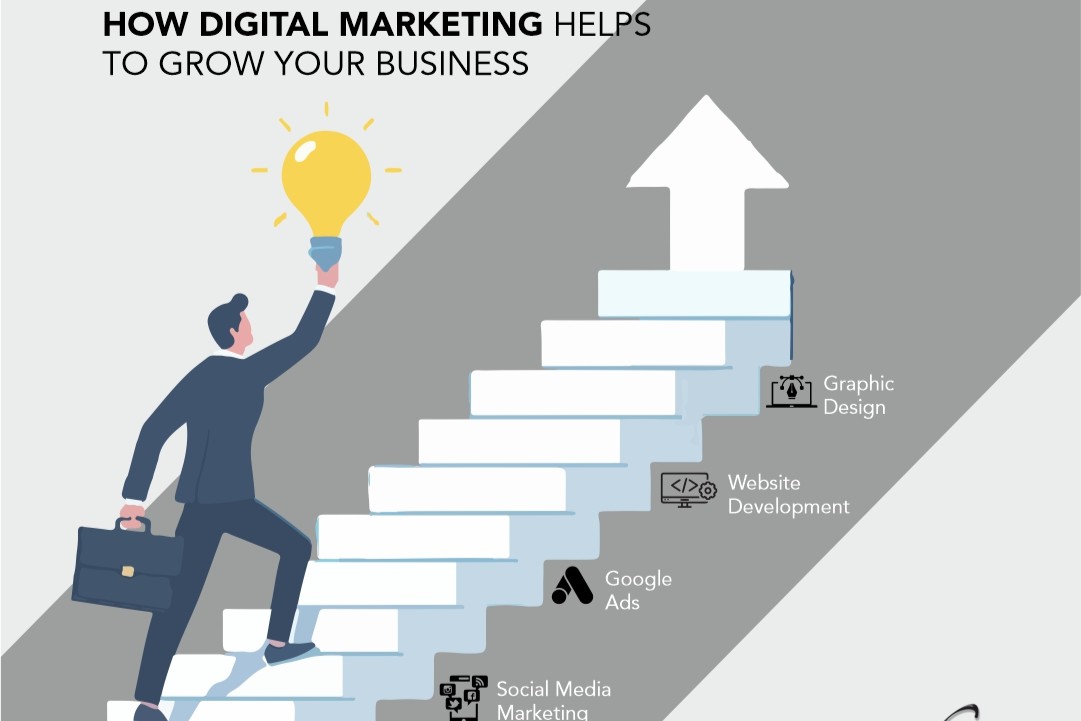If you think you are selling properties, flats and luxury apartments, then you are
wrong.
In real estate, you’re selling slow mornings, memories, status, safety, and future
moments.
And storytelling stitches all these moments together.
In this blog, we will discuss why storytelling in real estate marketing
matters more than ever, the data that proves it, and practical ways real estate brands
(yes — yours) can use narrative to sell smarter.
Story beats attention
People remember stories. Way more than facts. Psychologist Jerome Bruner showed that listeners recall story-based facts far more than raw numbers. Stories create hooks in the brain. Facts alone slip away.
Quick stat: 92% of consumers want ads that feel like a story and not a pushy sales pitch. If your ad is a story, people watch. If it’s a list, they scroll.
Storytelling moves the metrics that matter
Numbers speak. Stories convert. Multiple studies suggest that brands using emotional and narrative-led content see measurable uplifts: conversion increases up to ~30% in many cases, and stronger ROI when emotion is woven into marketing. If you want better leads and higher-quality enquiries, stories work.
What storytelling improves:
- Brand recall and memory.
- Engagement on listings and social posts.
- Lead quality, viewers who imagine living in the home are likelier to enquire.
- Long-term loyalty and referral potential.
Why real estate is built for stories
Real estate is inherently narrative-driven. Each property has:
- A location story (neighbourhood, commute, schools).
- A lifestyle story (weekends, communities, amenities).
- A design story (how spaces feel and function).
- A future story (investment, legacy, resale).
Practical ways we tell better real estate stories
Start simple. Stories don’t have to be long. They just need to feel human.
1. We lead with a scene
We open with a micro-moment: “Sundays here begin with a cup on the balcony and a skyline
that feels like a reward.” Short. Visual. Relatable.
2. We use characters, not just specifications
We feature a family, or a young professional in your creative. Their small routine
becomes your project’s promise.
3. We sell outcomes, not amenities
Instead of “3,000 sq ft clubhouse,” we say “weekend mornings where kids meet friends and
parents find a quiet corner to read.”
4. We create layered content
-Short reel: a single scene (10–20s).
-Carousel: story beats — problem → experience → payoff.
-Long-form blog: neighborhood history, buyer testimonials, and investment thesis.
5. We use UGC and testimonials as story proof
User-generated
clips of real
residents are gold. Authenticity wins. People trust people more than polished
spokespeople.
Real-world evidence
- People are 22 times more likely to remember a fact when it’s wrapped in a story, compared to facts presented alone. Stories stick.
- Consumers say brand stories influence purchases and many report higher recall and loyalty when a narrative resonates.
- Brands that layer emotion into campaigns often report higher ROI versus purely rational content. That matters for margins and for long-term brand equity.
How Mediaforum Digital builds storytelling in real estate marketing
We don’t “decorate” listings. We translate them into human stories that sell. Our approach:- Narrative audit: What story does your project already tell? We find the signal in the noise.
- Buyer personas as protagonists: We map real people to real use-cases. Young family? Empty-nesters? Investors? Each gets its narrative.
- Multi-format storytelling: Short reels, neighborhood mini-documentaries, email sequences that reveal the story in chapters, and SEO-rich blogs that anchor the project online.
- Data + creativity: We A/B test hooks, measure engagement, and scale formats that drive both enquiries and site visits. Results, not vanity.
Stories create memories. Memories create demand. Demand drives price and speed of sale.
If you’re a builder or a developer: don’t just list features but incorporate storytelling in real estate marketing. Write the life your buyer wants to live. Then tell it loud. Tell it often. Tell it well. And if you need help here, connect with us






